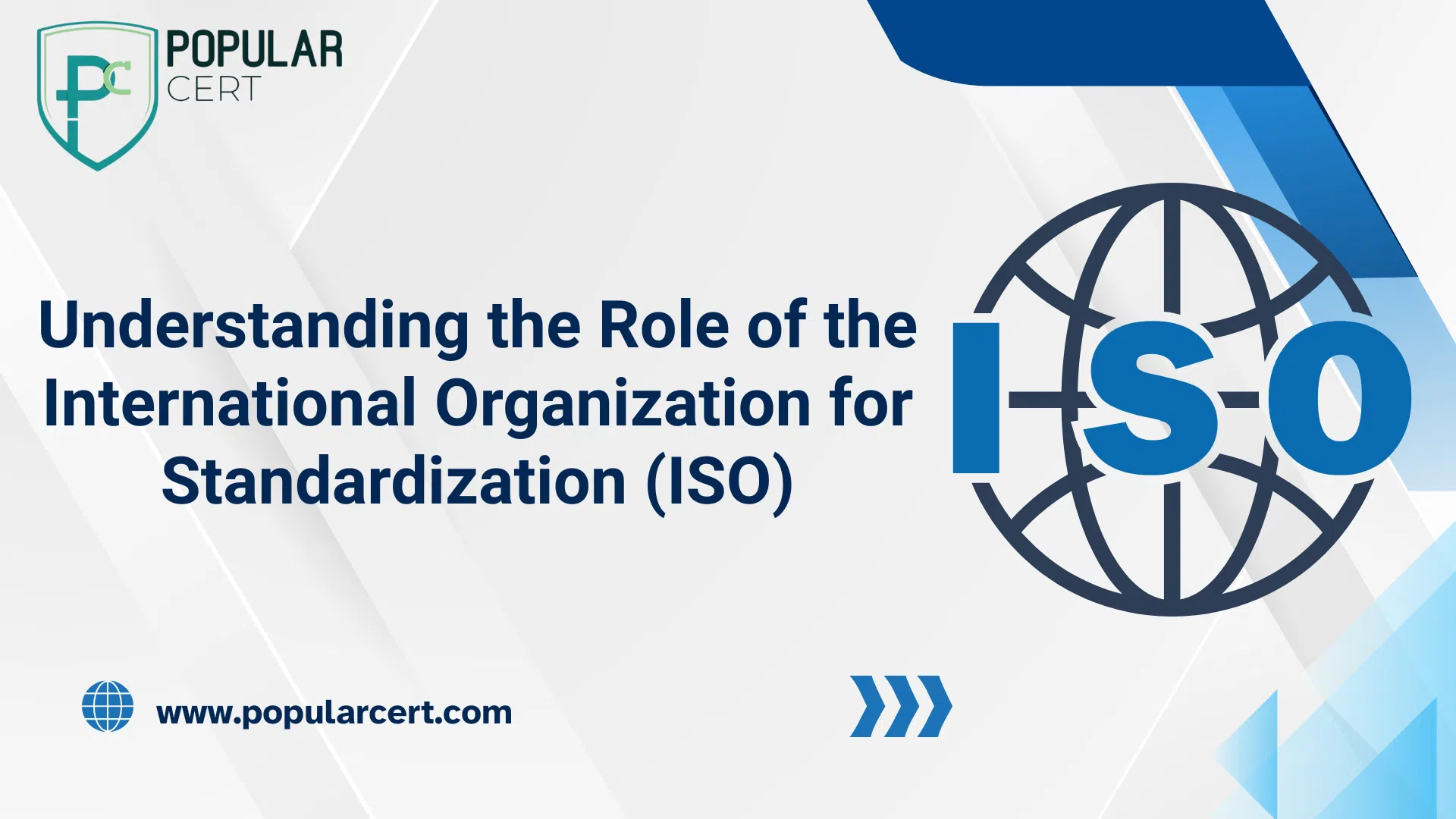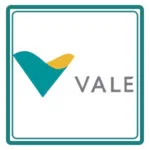Understanding the Role of the International Organization for Standardization (ISO)

In a globally integrated world, achieving consistency, safety measures and maintaining quality standards goes beyond being advantageous—these are prerequisites. The International Organization for Standardization (ISO) comes to prominence here. ISO is well-known for establishing standards with international recognition; it guarantees that products, services, and systems receive the appropriate checks for safety and quality control.
Whether you belong to a manufacturing industry or are a service provider or even work as a contractor for the government— understanding ISO’s significance can greatly improve your operational efficiency, customer satisfaction metrics and compliance targets.
What Is the International Organization for Standardization (ISO)?
Like many other organizations, the International Organization For Standardization or ISO differs in startup history since it wasn’t established randomly. It traces back to 1947 making it one of the oldest Standard Bodies out there. With its head office located in Geneva Switzerland, members come from over 160 countries; it is made up of national standard bodies which gives them power to formulate international standards based on unity consent.
As noted before ISO is not an acronym; rather it’s drawn from the Greek term “isos” which translates to equal. This emphasizes the organization’s aim of achieving uniformity across all sectors worldwide while still preserving diversity.
Why Was ISO Established?
Prior to ISO’s founding, the world faced major issues with trade barriers, like lack of unification of standards. Countries had different systems ranging from measurements, manufacturing requirements and protocols to safety procedures for products as well as business workflows. This created confusion in operations for companies who were trying to expand globally.
ISO was created to:
- Aid international trade
- Enhance safety and product compatibility
- Enhance operational workflow productivity
- Encourage innovation alongside strategic sustainable developments
With newly defined goals spanning every field of commerce, ISO became the backbone of global trade and cooperation.
Key Functions of ISO
The primary focus of the ISO is setting up frameworks which cut across national borders and developing publications. These publications undergo thorough review by experts through a structured process of stakeholder gathering including representatives from governments, industries, consumers, academia and NGOs.
An active participant in these forums can be pointed out towards:
- Recognizing gaps in standardization
- Creating working groups along with assigning tasks for committees
- Drafting proposals while being a part of reviews on set standards.
- Updating existing standards with new advancements which emerges after revised drafts aIDs.
- Setting frameworks for optimal practices around the globe related to eco friendly methodology.
Popular ISO Standards and Their Uses
ISO has issued over 24,000 standards in various sectors. Here are some of the most recognized ones:
ISO 9001: Quality Management Systems
- Applies to all industries and sectors.
- Enhances customer experience and operational efficiency.
- Assists businesses in showing their focus on quality processes.
ISO 14001: Environmental Management Systems
- Enables sustainable business practices.
- Helps reduce environmental impact while meeting compliance obligations.
ISO 27001: Information Security Management Systems
- Important for data security in finance, healthcare, and IT sectors.
- Helps mitigate risks from cyber threats while ensuring continuity of operations.
ISO 22000: Food Safety Management Systems
- Critical for food producers, processors, and distributors.
- Supports HACCP and enhances safety across the food supply chain.
ISO 45001: Occupational Health & Safety
- Minimizes risks within the workplace.
- Protects employee wellbeing, safety, and fulfills legal requirements.
These standards assist organizations to improve processes, performance, sustain international reputation as well as credibility.
How ISO Develops Its Standards
ISO standards undergo a specific process for their creation. Let’s review how the creation process goes;
- Proposal Stage: A need is identified by stakeholders or industry experts.
- Technical Committee Formation: An expert team is assembled to prepare a new standard.
- Public Review and Voting: The draft is reviewed and voted on by the member states.
- Publication: The draft goes through approval and, if granted, it gets published and released to the public.
- Review Cycle: Reviewing ISO standards is done in a 5-year period to maintain usefulness.
This opens up guarantees that all countries did indeed agree on it and that all parts of the world can use it.
Benefits of ISO Standards
Some of the changes seen are as follows;
- Increased efficiency while reducing waste material
- Easier trust from clients along with great satisfaction
- Accessing foreign markets procedures become simplified
- Better legal requirements management along with risk management
- Bump in reputation and advantage out there in competition
Take for example; having certification with ISO 9001 makes firms more trusted by relevant people like customers or business partners. Further, trust is strengthened pertaining to information security systems when companies have an ISO 27001 certification.
ISO Standards vs. ISO Certification: What’s the Difference?
Types Of Certification
- ISO Certification
- ISO 9001 Certification
- ISO 14001 Certification
- ISO 45001 Certification
- ISO 22000 Certification
- ISO 27001 Certification
- ISO 17025 Certification
- ISO 13485 Certification
- ISO 20000-1 Certification
- ISO 22301 Certification
- ISO 50001 Certification
- ISO 37001 Certification
- IATF 16949 Certification
- ISO 29001 Certification
- ISO 31000 Certification
- ISO 20121 Certification
- ISO 10002 Certification
- ISO 41001 Certification
Get Free Consultation
Our Clients


















To issue certifications, ISO only deals with ISO compliance. As draws up the standards, prospective issuers either work with or against them and must submit for examination to third parties who check compliance.
An organization can become ISO certified by:
ISO 27001 – Marketing- chrome Implementing the relevant ISO Accredited client certification audit for Granting audit successful winning
Certificate is accomplished.
How PopularCert Helps You Get ISO Certified
We fulfill that need through PopularCert and aid businesses accomplish success with all types of ISO certifications as we have wide ranging services.
We accompany organizations throughout their entire journey towards achieving guiding them from initial conversations until end declaration and sometimes even further than that. ISO certification
Our End-to-End Services Include:
Back checking processes indexed on received documentation SME gapping covers auditing the named documentation creation stage putting policies explaining what internal documents should exist giving leave.
Teaching conducting iso implementation awareness sessions physically or digitally Preparing final exam assessment simulations applying remaining team mock assessments adjusting them markable revisionable prep allowing self identity tweaking mocks Working” Making helps clients control relationship with external document signers ensuring none are core fraudsters.
Why Select PopularCert?
- Affordable and fast ISO certification packages
- Global industry experienced consultants
- ISO solutions customized for your specific industry
- Continuous support for compliance maintenance, renewals, or any ongoing support needed.
- We offer ISO certification in UAE, India, Oman, Qatar and Saudi Arabia and other countries too.
- PopularCert is for you to achieve more than just the standard.
Contact our ISO experts for a free consultation with tailored quote now.
Why the Role of ISO Is More Important Than Ever
In face of remote work, evolving customer expectations, climate change as well as data security concerns, ISO standards offer a reliable guide to adapt and foster growth for competition.
- With ISO Standards an organization would be able to:
- Achieve alignment with international benchmark
- Fulfill legislative and regulatory obligations
- Achieve ESG and sustainability goals
Guarantee business continuity amid disruptions;
From managing a multinational corporation to launching a startup: adopting ISO standards serves as a building block towards quality assurance alongside trust while guaranteeing systematic success in the long run which makes it an indispensable strategic investment
Conclusion
The International Organization for Standardization (ISO) has been instrumental in defining how businesses operate around the globe. From managing quality to securing data, ISO standards are a benchmark of trust and bring standardization, respect, and assurance within and outside industries.
When it comes to getting your ISO certified, PopularCert is the ideal partner. We navigate you on every step of the way while you reap the benefits of vigor, continuous growth without worry, precision, and regulatory compliance.
GET A FREE CONSULTATION NOW
FAQ
What does ISO stand for?
Not an acronym based like most people assume, but instead a coined word based on the Greek “isos” meaning equal which translates into International Organization for Standardization (“ISO”).
Is ISO certification mandatory?
ISO certification is optional from an organizational standpoint—often sought after during tenders, partnerships or other compliance regulatory frameworks.
How long does ISO certification take?
Variations in complexity and size often dictate duration but range between 4 to 12 weeks quite consistently across teams serving different clients.
Who can get ISO certified?
Any entity regardless if they are private or public and whether small or big qualifies or applies for the coveted certification making it accessible to almost everyone.
How much does ISO certification cost?
A free quotation can be obtained from PopularCert. The price is determined by the scope, industry, company dimensions and geographical area.
